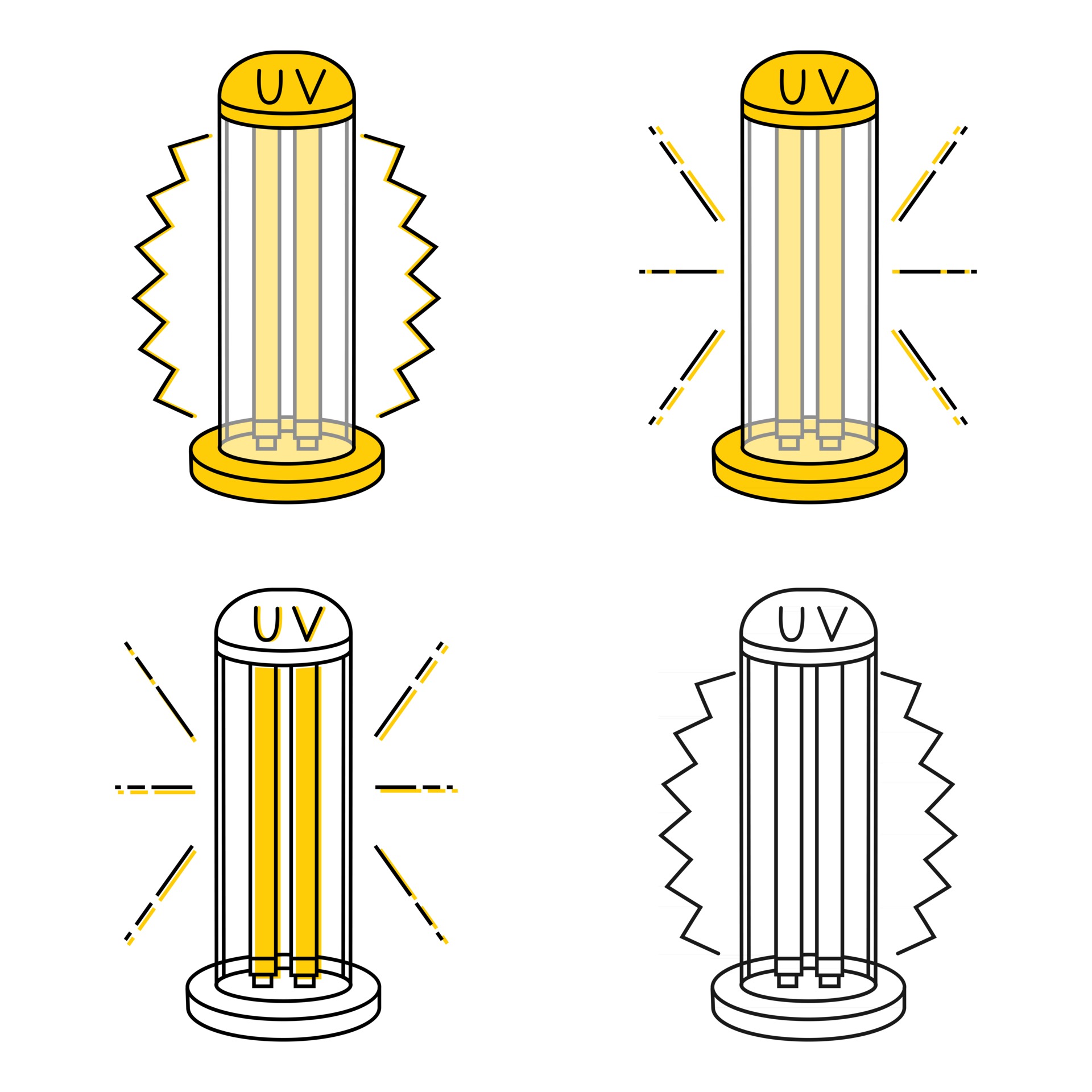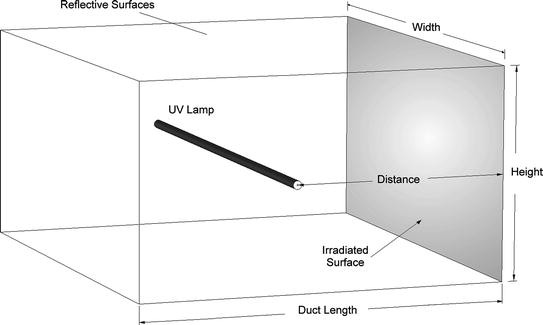UV Disinfection: The Cutting-Edge Modern Technology Changing Cleanliness Practices
In the realm of hygiene methods, one innovation has actually arised as a game-changer: UV disinfection. From health care settings to food handling, UV sanitation is making its mark in numerous markets.
Just How UV Disinfection Functions
UV disinfection works by utilizing ultraviolet light to damage or suspend microbes, giving a extremely efficient and chemical-free approach of cleanliness. This technology uses the power of short-wavelength UV-C light, which can harming the DNA and RNA of microorganisms, therefore rendering them not able to create and replicate damage.
The process starts with the installation of UV disinfection systems, which consist of UV lights that send out UV-C light. These lamps are strategically placed in areas where microbial contamination is a problem, such as water treatment plants, healthcare facilities, laboratories, and food handling centers.
When microorganisms are subjected to UV-C light, the photons permeate their cell wall surfaces and get to the DNA and RNA inside. The high-energy UV-C photons interrupt the genetic product by creating bonds in between surrounding nucleotides, leading to the formation of thymine dimers. These dimers prevent the bacteria from reproducing, rendering them safe.
UV sanitation is highly effective versus a variety of microorganisms, including bloodsuckers, microorganisms, and viruses. It is especially reliable against waterborne microorganisms like E. coli, Giardia, and Cryptosporidium. Additionally, UV sanitation is a chemical-free technique, removing the requirement for potentially unsafe anti-bacterials and minimizing the threat of hazardous sanitation spin-offs.
Benefits of UV Disinfection
UV disinfection offers many benefits in the field of cleanliness, making it an extremely chosen approach for properly getting rid of harmful bacteria. Among the crucial advantages of UV sanitation is its capability to offer a chemical-free remedy. Unlike conventional disinfection methods that count on chemicals, UV disinfection uses ultraviolet light to destroy the DNA of bacteria, making them unable to recreate and create infections. This not just eliminates the requirement for potentially dangerous chemicals yet also lowers the risk of chemical deposit on surface areas.

UV sanitation is also highly versatile in its applications. It can be utilized in numerous setups, including medical facilities, colleges, food processing facilities, and water treatment plants. UV disinfection systems can be quickly incorporated right into existing hygiene practices, offering an extra layer of security against contagious conditions.
In addition to its performance and versatility, UV sanitation is additionally eco-friendly. It does not generate any kind of hazardous by-products or residues, making it a safe and lasting method for hygiene - uv surface disinfection. Additionally, UV disinfection requires minimal upkeep and has a lengthy lifespan, causing expense savings in the lengthy run.
UV Sanitation in Health Care Setups
In health care settings, UV sanitation has arised as a cutting-edge method for effectively eliminating harmful bacteria. The usage of UV light to sanitize surfaces and equipment has obtained appeal because of its capacity to provide an additional layer of security versus virus. UV disinfection functions by giving off ultraviolet light at a details wavelength that is lethal to bacteria, infections, and other microbes. This technology offers numerous benefits in health care settings.
To start with, UV disinfection is a non-chemical approach, making it an More Bonuses eco pleasant choice compared to traditional sanitation techniques that frequently entail the usage of harsh chemicals. Making use of UV light gets rid of the demand for chemical anti-bacterials, decreasing the risk of harmful deposit or chemical direct exposure to both people and healthcare employees.
In addition, UV disinfection is very efficient in killing a variety of microbes, including drug-resistant microorganisms such as MRSA and C. difficile. It supplies a trusted and regular disinfection procedure, guaranteeing that all surfaces and devices are completely sanitized, even in hard-to-reach areas.

UV Sanitation in Food Handling
The application of UV disinfection prolongs beyond medical care setups and finds significant value in the realm of food handling. uv surface disinfection. UV sanitation technology is coming to be significantly prominent in the food market as a result of its capacity to properly get rid of unsafe virus and enhance food safety
One of the major advantages of UV sanitation in food processing is its capability to target a wide variety of bacteria, consisting of germs, infections, and mold and mildews. By utilizing UV light at certain wavelengths, it is feasible to interfere with the DNA and RNA of these virus, rendering them not able to duplicate or trigger harm. This innovation can be related to different stages of the food processing chain, including surface disinfection, tools sterilization, and water therapy.
UV disinfection offers a non-thermal and chemical-free approach of sanitizing food products. Unlike standard sanitation approaches that rely upon chemicals or heat, UV modern technology does not leave any type of residue or alter the taste, appearance, or nutritional worth of the food. This makes it an excellent remedy for industries that require strict adherence to high quality requirements.
Moreover, UV sanitation systems are very easy to operate and set up, requiring marginal upkeep. They can be incorporated into existing processing lines without causing substantial interruptions to the manufacturing procedure. Furthermore, UV systems have a quick treatment time, permitting for continual processing and decreasing downtime.
The Future of UV Sanitation

One location where UV disinfection is anticipated to make considerable developments is in the field of medical care. With the surge of antibiotic-resistant germs and the requirement for much more effective disinfection techniques, UV light has the possible to play an important duty in decreasing healthcare-associated infections. UV sanitation systems can be utilized to decontaminate surfaces, equipment, and i thought about this even the air in health care facilities, assisting to stop the spread of unsafe pathogens and enhance person security.
An additional market that might take advantage of advancements in UV sanitation technology is the food industry. UV light has actually currently confirmed to be a reliable approach for sanitizing foodstuff and minimizing the risk of foodborne health problems. As modern technology improves, we can anticipate to see a lot more reliable and affordable UV sanitation systems being implemented in food handling plants, making certain that the food we consume is safe and devoid of harmful bacteria.
Conclusion
Finally, UV disinfection is a sophisticated technology that is transforming hygiene practices in medical care setups and food handling. By utilizing UV light to eliminate or shut down bacteria, it provides various advantages such as performance, performance, and security. With ongoing advancements in this field, UV sanitation holds wonderful potential for the future of cleanliness, supplying a lasting and trusted remedy for preserving clean and sanitary environments.
UV sanitation is a chemical-free approach, eliminating the requirement for potentially dangerous anti-bacterials and reducing the threat of dangerous sanitation by-products.
Unlike standard disinfection techniques that count on chemicals, UV view it sanitation utilizes ultraviolet light to damage the DNA of microbes, providing them unable to reproduce and trigger infections. Unlike typical sanitation approaches that count on chemicals or warm, UV innovation does not leave any residue or alter the taste, structure, or dietary worth of the food. As technology enhances, we can expect to see extra affordable and reliable UV disinfection systems being applied in food handling plants, making certain that the food we take in is secure and cost-free from dangerous germs.
In conclusion, UV sanitation is an innovative technology that is changing hygiene methods in healthcare settings and food handling.